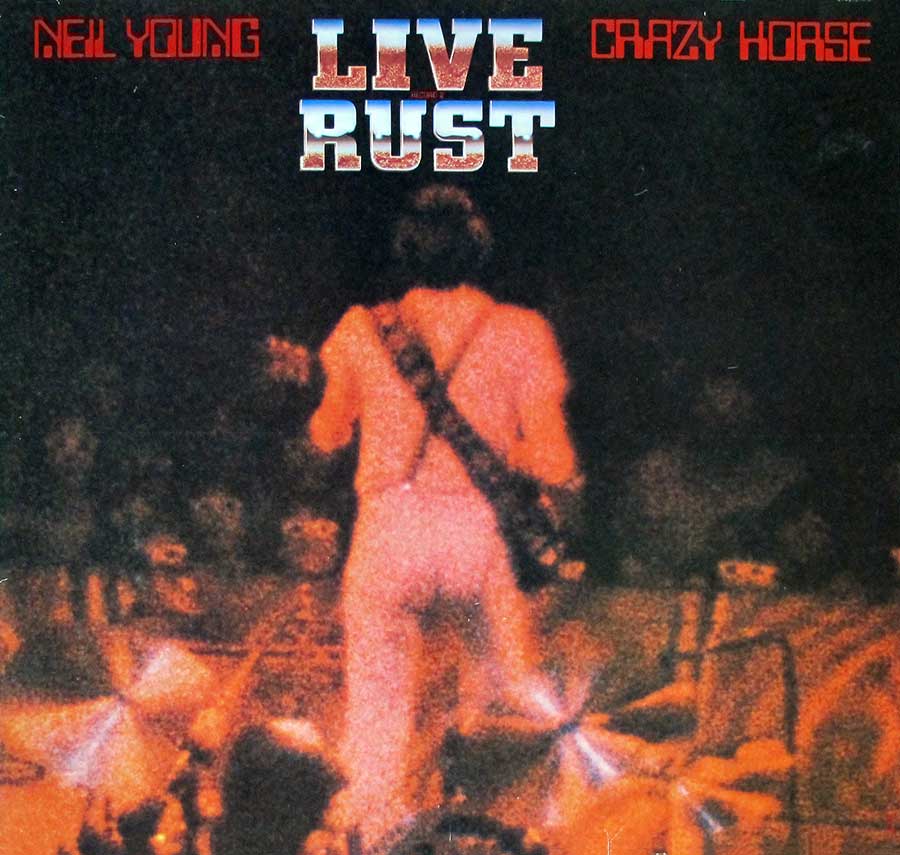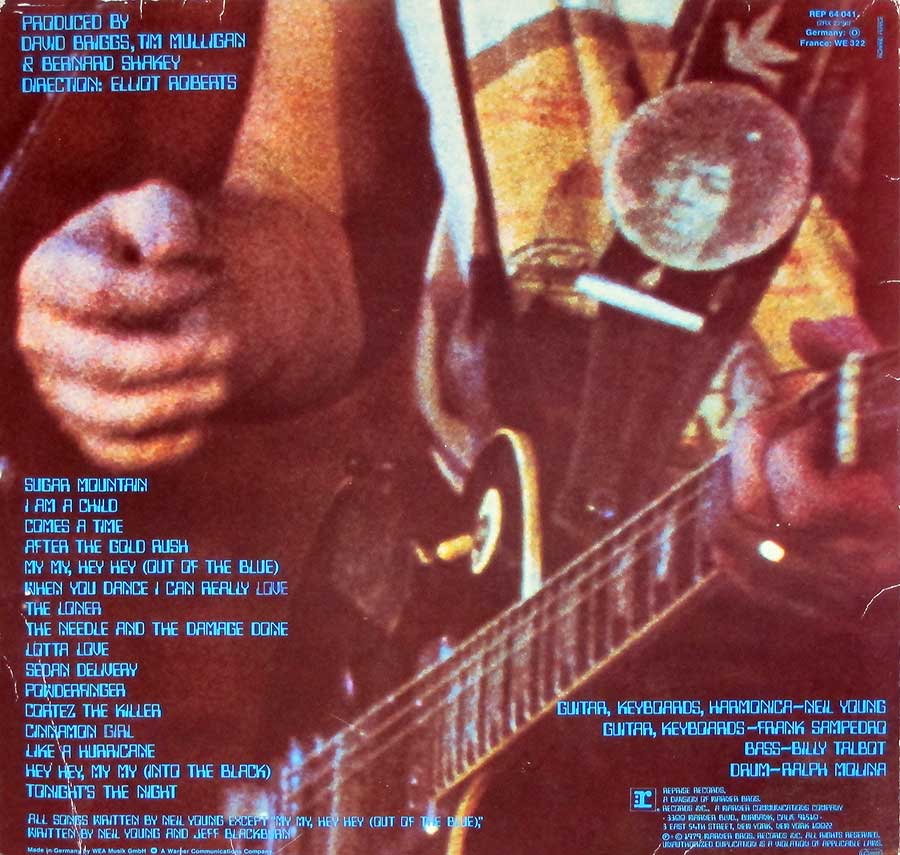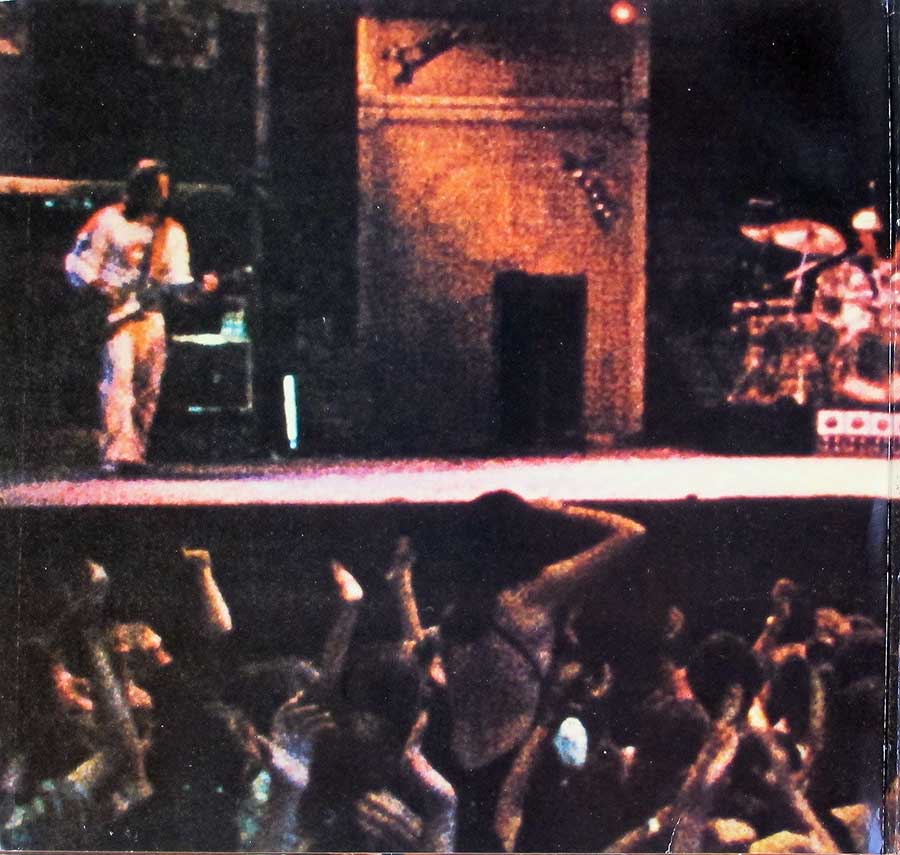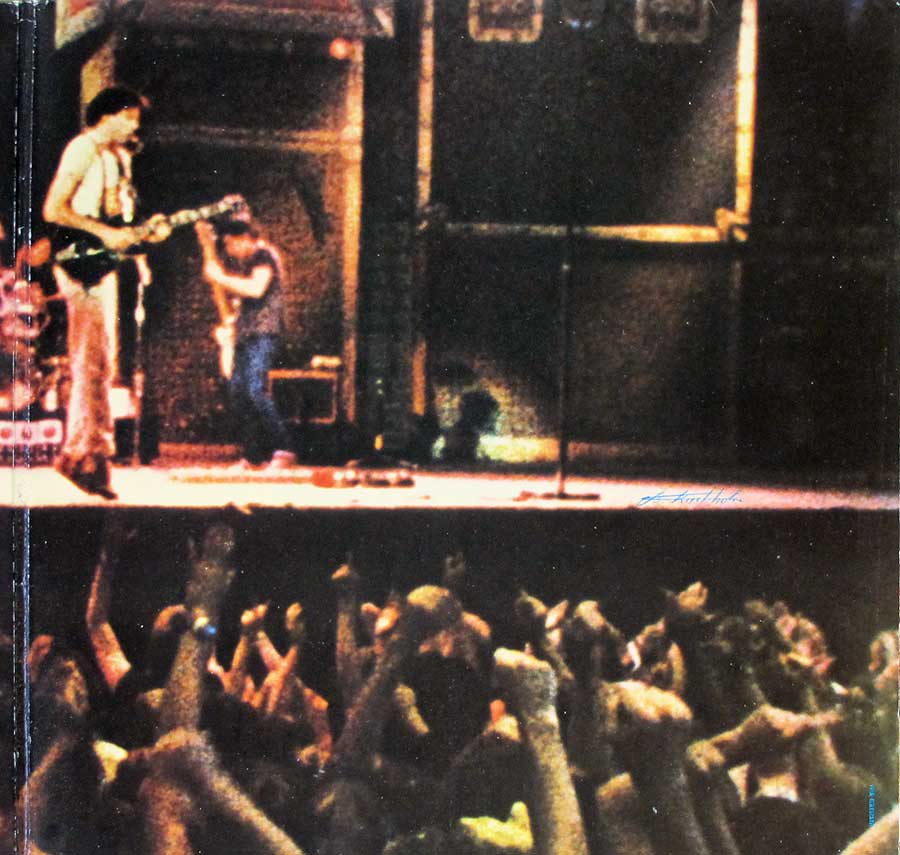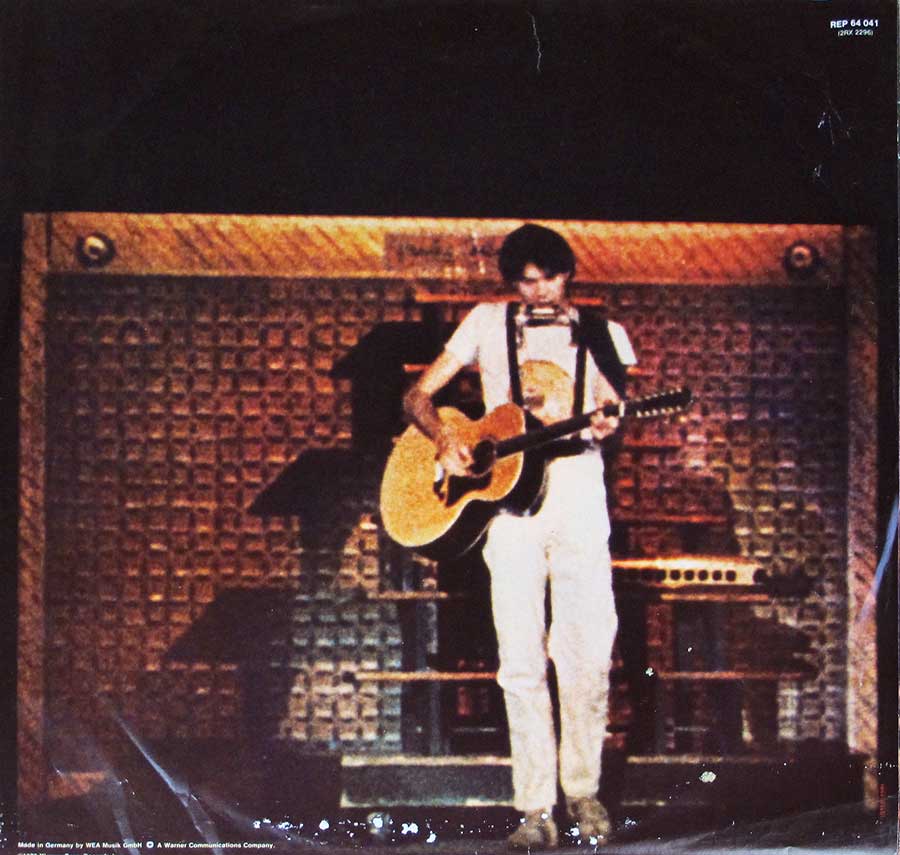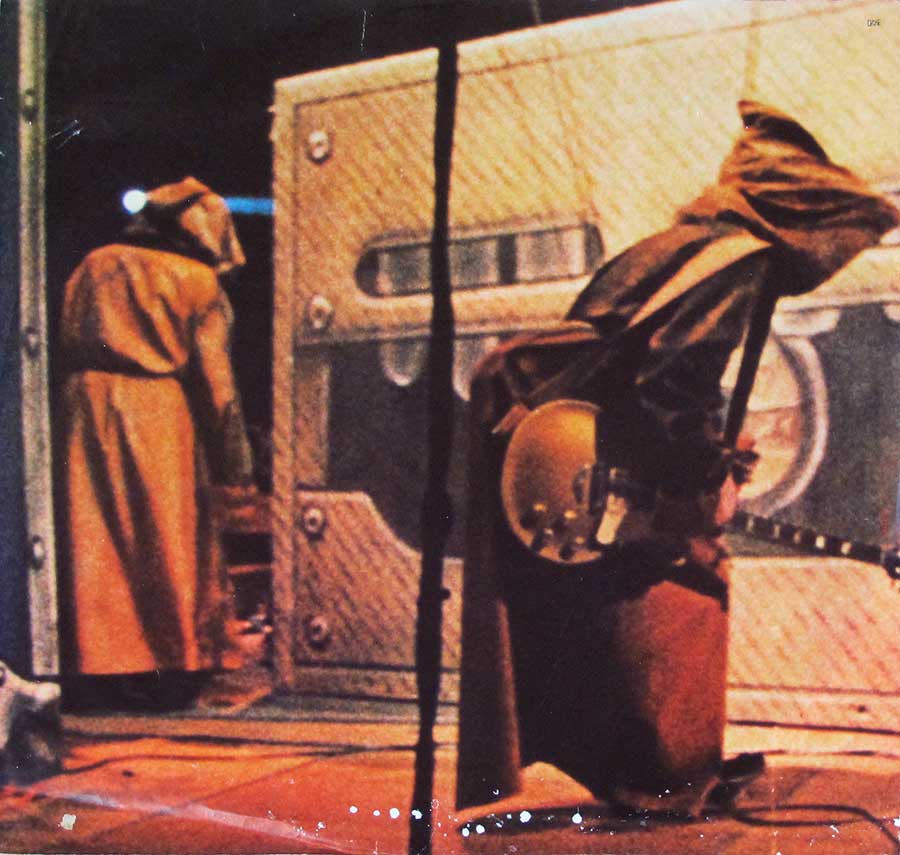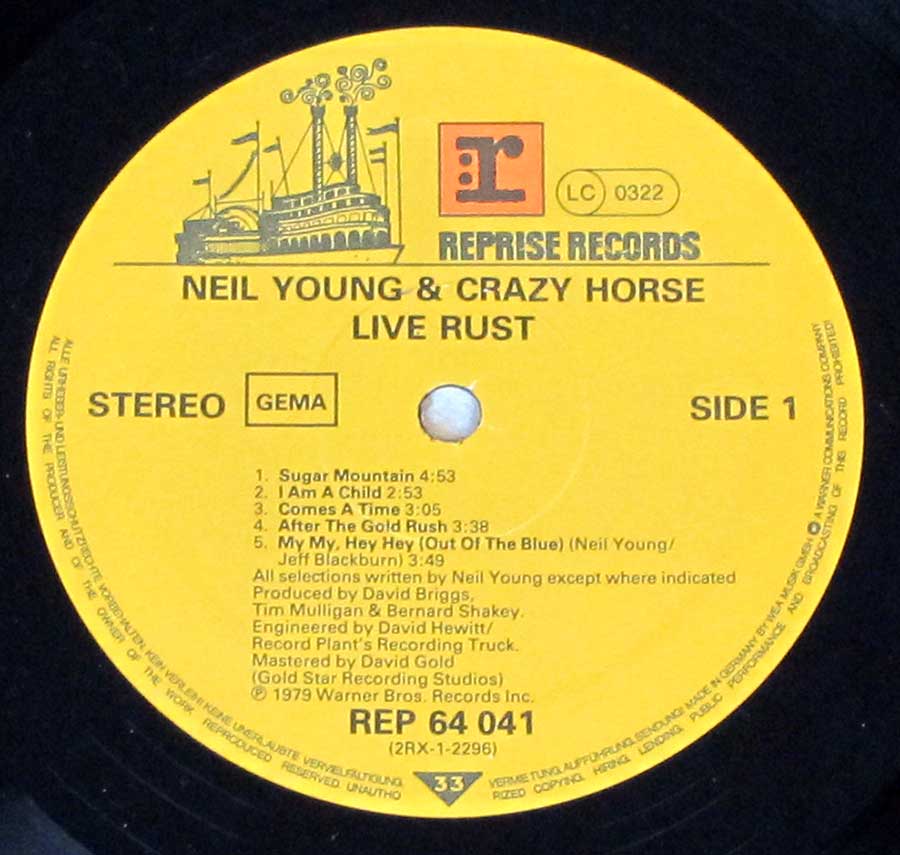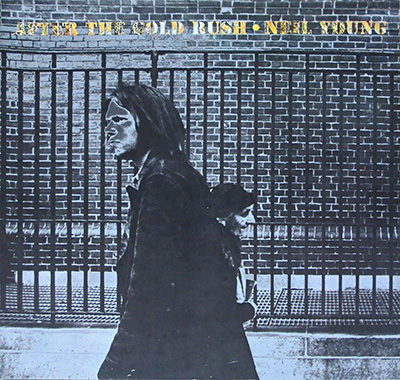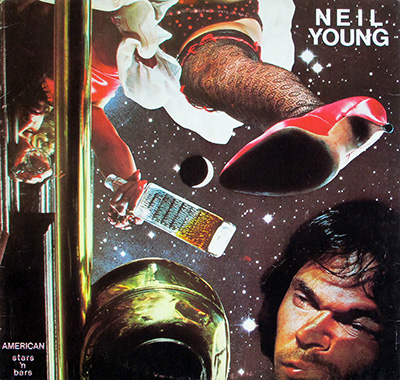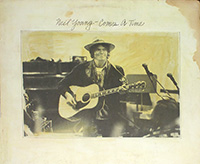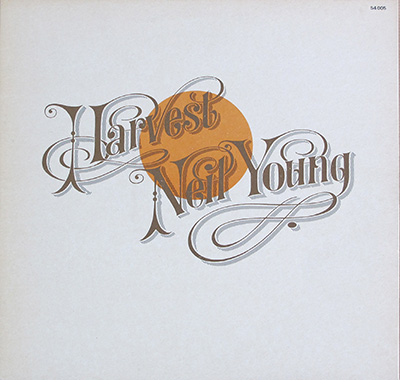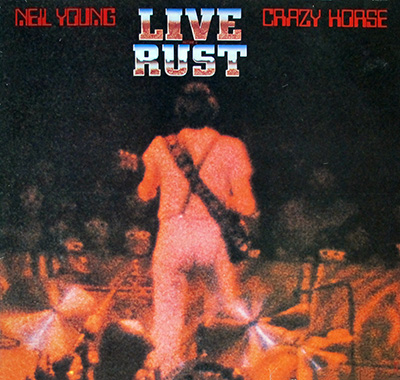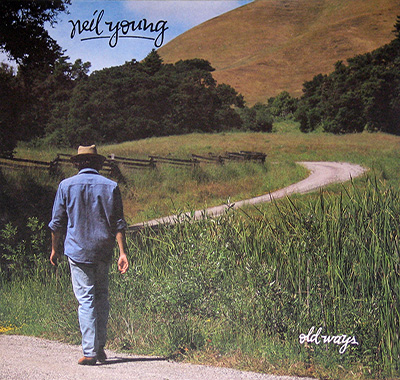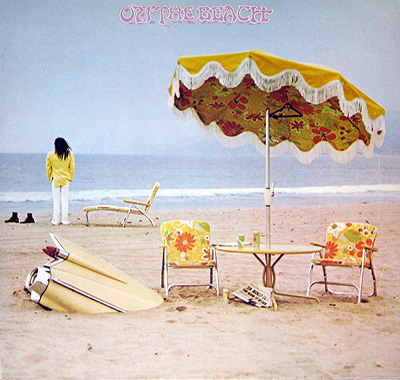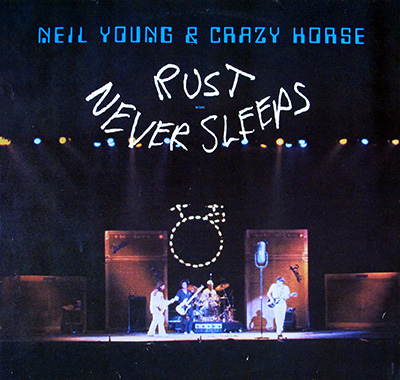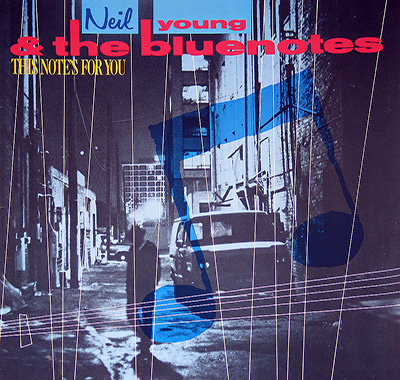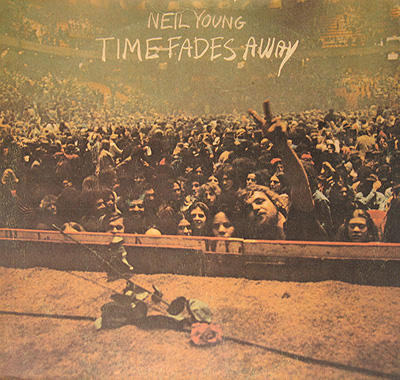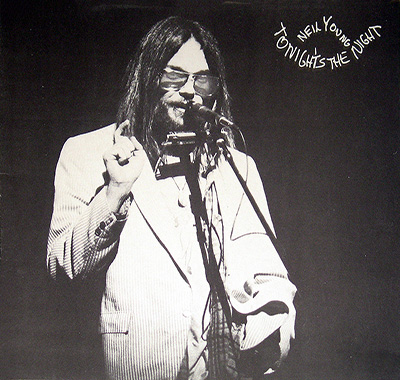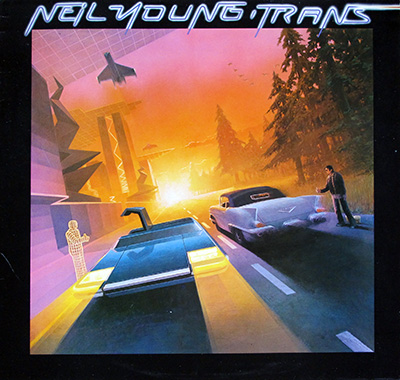Young's passion for music was evident from an early age. He began playing the ukulele at the age of five, and by his teenage years, he had already taken up the guitar and harmonica. Inspired by artists like Elvis Presley and Chuck Berry, he formed his first bands, The Jades and subsequently The Squires, in his early teens. These early experiences ignited Young's desire to pursue a career in music.
In the mid-1960s, Neil Young co-founded the band Buffalo Springfield, which became a prominent part of the burgeoning folk-rock scene. Their self-titled debut album in 1966 showcased Young's songwriting skills and featured the classic track "For What It's Worth," which became an anthem for the 1960s counterculture movement. Despite internal conflicts,
Buffalo Springfield
released three albums before disbanding in 1968.
Following the breakup of Buffalo Springfield, Young embarked on a highly successful solo career that would span several decades. His debut solo album, "Neil Young," was released in 1968, and he followed it up with a string of critically acclaimed albums, including "Everybody Knows This Is Nowhere" (1969), which introduced his backing band, Crazy Horse. This album featured the classic tracks "Cinnamon Girl" and "Down by the River," solidifying his reputation as a masterful songwriter and guitarist.
Throughout the 1970s, Neil Young released
a series of influential albums
that showcased his musical versatility. Albums like "After the Gold Rush" (1970) and "Harvest" (1972) brought him widespread commercial success and produced timeless classics such as "Heart of Gold" and "Old Man." Young's music during this period was characterized by his introspective lyrics, melodic hooks, and his ability to effortlessly switch between acoustic folk and electric rock.
Neil Young's career took various creative turns in the subsequent decades. He formed several different backing bands, including the country-rock-oriented Stray Gators and the hard-hitting Crazy Horse, with whom he would collaborate intermittently throughout his career. Young continued to experiment with his sound and tackle a diverse range of topics in his music, often using his platform to address social and political issues.
Young's discography is vast and diverse, and he has released numerous critically acclaimed albums, including "Rust Never Sleeps" (1979), "Freedom" (1989), and "Harvest Moon" (1992). His willingness to explore different genres, from rock and folk to country and grunge, has solidified his status as an iconoclastic artist who refuses to be confined by conventional boundaries.
In addition to his solo work, Neil Young has collaborated with various musicians, including
Crosby, Stills, Nash & Young,
with whom he produced politically charged anthems like "Ohio" and "Woodstock." He has also been an advocate for environmental causes, most notably with his involvement in the annual Farm Aid concerts, which raise funds and awareness for family farmers.
Neil Young's contributions to music have earned him numerous accolades and inductions into prestigious halls of fame, including the Rock and Roll Hall of Fame in 1995. His artistic integrity, unwavering commitment to his vision, and ability to connect with audiences through his honest and emotive music have made him an enduring and beloved figure in the world of rock and folk music.
Even after decades in the industry, Neil Young remains an active musician, continually creating new music and captivating audiences with his live performances. His legacy as a singer, songwriter, and guitarist continues to inspire generations of musicians, ensuring that his influential voice will resonate for years to come.
